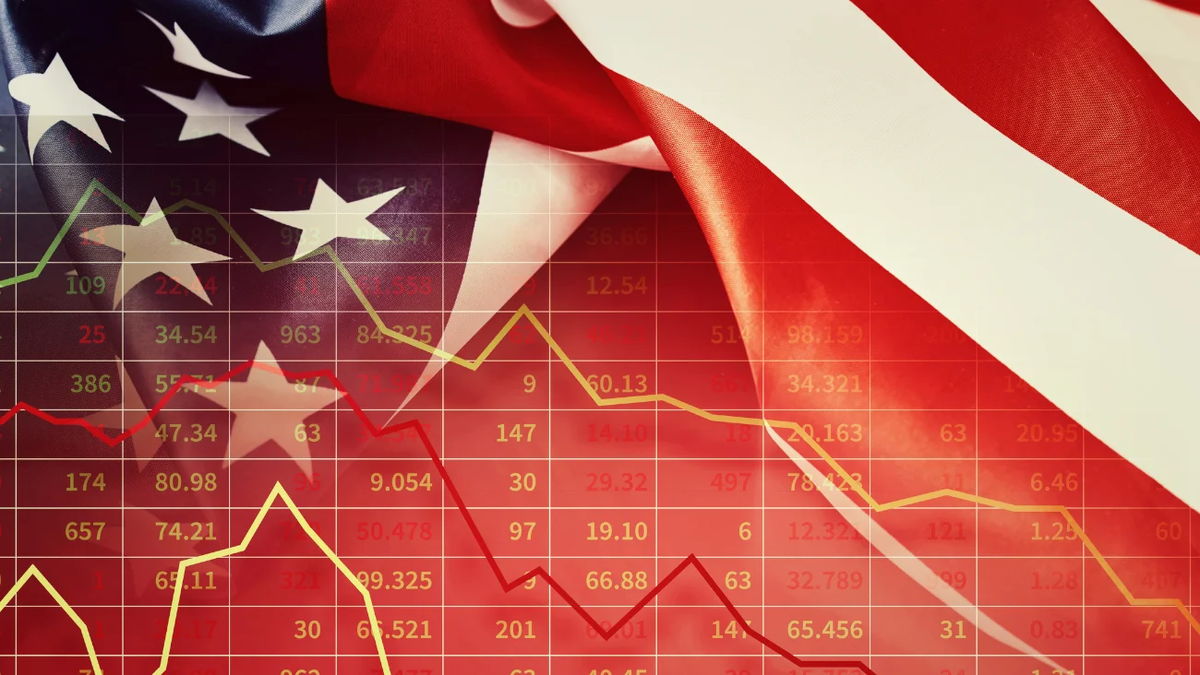The rTreasury bond endingsAmerican rose again on Wednesday after a weak demand at the US $ 16,000 million auction in 20 -year bonds. The performance of the 30 -year bonds reached 5.1% after the placement, which occurred after Moody’s reduced the US credit rating, citing concerns about the growing indebtedness of the country.
The sale also coincided with the vote of the Trump administration fiscal and spending bill, which will probably add billions to 36.2 billion dollars of national debt. The project was approved today (May 22) by the House of Representatives.
“Bond investors are nothing impressed with the proposals that would extend the Trump’s tax cuts in 2017 and increase military spending, but would cut social aid,” said Susannah Streeter, market director at Hargreaves Lansdown.
“The Congress Budget Office provides that these measures would add 3.8 billion dollars to US debt in the next decade.”
The 20 -year bond auction reflected a very weak demand, indicating the growing caution of the market regarding the fiscal policy of the White House.
This Thursday, the bond market resent after the warm auction, just when Donald Trump’s ambitious fiscal project exceeded a key obstacle. The 30 -year bonus yield reached 5,108%, its highest level since October 2023, while the 20 -year bonus rose to 5.126%, the largest since November 2023.
The “long bonus” yield of 30 is now only 7 basic points of the maximum of 2023. A break above that level would place it at its highest point from the 2007 bank crisis, which forced the Federal Reserve to implement years of bond purchases to sustain the system.
Stress in the long stretch of the US market was reflected in other parts of the world. In Japan, ultra long yields reached record levels, and in the United Kingdom the 30 -year bonus yield rose to its highest level from the volatility of April.
Tension in debt markets
The board member of the Bank of Japan, Asahi Noguchi, said Thursday that he did not need to intervene in the bond market to stop the recent rise in yields, qualifying the movements as “fast but not abnormal.”
The concerns for debt, aggravated by inflation data and fears about tariff prices, also affected stock markets. Wall Street indices fell more than 1% on Wednesday, while markets in Asia and Europe also operated in red.
On the other hand, the price of crude oil provided some relief: the American reference retreated 1% after a report that indicated that OPEC+ analyzes a production increase for July, which revived the fears that the global supply exceeds demand.
The dollar received a moderate impulse after G7 finance ministers in Canada indicated that the US refrained from demanding an appreciation of Yen in bilateral conversations with Japan. The US Treasury Secretary.
In South Korea, the Won had risen abruptly after a report that indicated that Washington asked Seoul measures to strengthen his currency as part of a commercial agreement, although he then retreated most of those profits.
In addition, investors focused their attention on May Global Business Surveys. Composite readings for the Eurozone and Japan showed unexpected contraction, largely due to weakness in the services sector. In the US, the equivalent data was expected later in the day, together with the weekly numbers of unemployment subsidy applications.
Source: Ambito
I am a 24-year-old writer and journalist who has been working in the news industry for the past two years. I write primarily about market news, so if you’re looking for insights into what’s going on in the stock market or economic indicators, you’ve come to the right place. I also dabble in writing articles on lifestyle trends and pop culture news.




